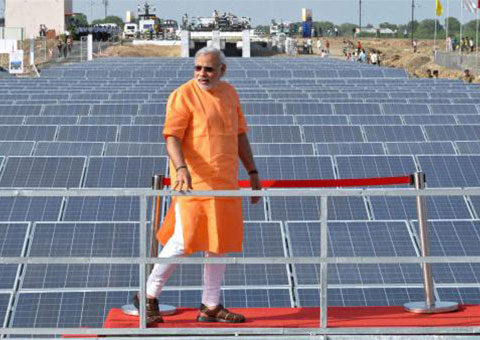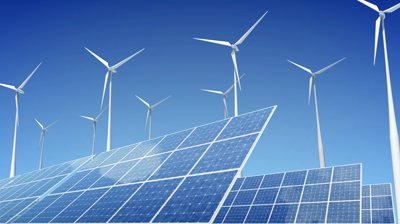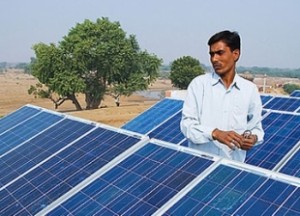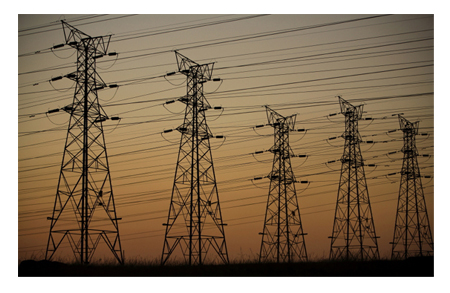90 results found for: wind power in india all you want to know
2024 2023 2022 2021 2020 2019 2018 2017 2016 2015 2014 2013 2012 February 15, 2024 Green Investing, India, Renewable Energy, Solar Energy Read More February […]
Solar Energy Electric Vehicles Solar Inverter Rooftop Solar Climate Change Indian Market REC Share Analysis and Review of Dividends REC or Rural Electrification Corporation is a […]
We have already written about the importance of microgrids in India. Power fluctuations, blackouts, and even inaccessibility to the power grid are some of the major […]
Incentivizing Green Hydrogen in India The Indian Government recently passed the Green Hydrogen policy, which is aimed at boosting the production to 5 million tonnes by […]
Tata Solar is one of the oldest solar manufacturing companies in India. It is a tier 1 bankable module manufacturer with nearly 29 years of history […]
India has an ambitious target of reaching 100GW of solar generation capacity by 2022 but it currently has only 16 GW of annual solar module manufacturing […]
One of the perennial problems facing the renewable energy sector in India is the paucity of land to develop solar and wind projects. With the worlds’ […]
India is facing an increasing demand for power thanks to its rising population and consumerism. As such, the government is trying very hard to make the […]
#SolarForACause We, at Greenworldinvestor, have always promoted stories where Solar has been used for a social cause. With the rising popularity of solar technology, easy accessibility, […]
In 2018, a total of 13.4 GW of clean power was purchased by companies globally, according to Bloomberg New Energy Finance. This was a record amount […]
Leading Solar States in India – 2018 India’s states have been adopting solar power at a fast pace, with Karnataka being the leader at more 5300 MW […]
Vivint Solar, a leading rooftop solar player in the US broke all records reaching 1 GW rooftop installation mark in the third quarter. The company is the […]
Hybrid Wind-Solar Plant – India According to a new report, a solar and wind hybrid plant would cost 5%-7% less in capital costs, compared to a […]
Benefits of Gujarat’s Wind-Solar Hybrid Power Policy-2018 The state of Gujarat does not stop exciting the country when it comes to renewable energy policies. Its new hybrid solar-wind […]
India’s Renewable energy Capacity Enhancement Starting out with a target of just 20 GW by 2022, the country has now confidently made another massive target enhancement […]
Diu Solar Diu District is the tenth least populated district in India. It is located on the western side of India, receiving a high amount of […]
Smart Grid and Grid Integration is the Need of the Hour The rapidly declining cost and improving efficiency of renewable energy sources like wind and solar […]
Let’s Have A Look at the Year Gone By at Greenworldinvestor! January Solar Air Conditioners Become Mainstream With Launch of INR 90,000 Product From Videocon 10 […]
India is a huge county and a large portion of the Indian population still lives in darkness. The situation is even worse in villages, where people […]
What is a Solar Tracker A Solar Tracker is a mechanical device which follows the movement of the sun as it rotates from the east to […]
About GST & its Purpose Goods and Services Tax or GST was implemented in India on July 1st, to replace multiple central and state taxes and […]
Tangedco Fights Solar! The U.S. utilities have been waging war against rooftop solar energy systems in numerous U.S. states. In some states they have won by lowering […]
Solar Power Curtailment Set to Grow In India Solar energy in India is rapidly increasing capacity with the 9000 MW milestone crossed. However, the overall power […]
Solar+Storage Set to explode in India The capital costs for building a solar power plant is the cheapest in the world thanks to very low labor […]
Solar Power Plant on Ukraine’s Wasteland The Chernobyl nuclear disaster had laid waste to a large swathe of land in Ukraine which has been lying unused […]
Disappointing Numbers from Rooftop Capital in India India’s rooftop solar sector has failed to grow despite numerous government policies and incentives as the regulations, red tape […]
Wind vs Solar (India) The solar sector in India has got a strong policy push from the central government leading to an exponential growth and even […]
Indian Wind Companies foray into Solar Indian wind turbine generator manufacturing companies such as Suzlon and Gamesa have started making investments in solar power project development […]







